Stellar Blade Review - Nier As It Can Get

A strong battle system and exciting moments make Stellar Blade more than just an imitator
What we let inspire us and what we pay homage to says a lot about the creations we make. Stellar Blade's influences come from the last two generations of character action games and it wields them proudly, channeling not just ideas but themes, designs, and even stylistic flourishes from games like Bayonetta and Nier Automata. It is only through understanding where Stellar Blade comes from that one can begin to discern what it improves upon and where it falls short of the giants that developer Shift Up's title wishes to stand on the shoulders of.
Stellar Blade puts you in control of Eve, a human arriving at a far-flung future Earth riddled with monsters known as Naytibas. EVE possesses superhuman powers, having been raised on a space colony and trained specifically to free what few survivors remain on the planet from the oppression of this omnipresent and existential threat. Along the way, the story takes a few twists and turns but largely stays in the realm of pulp science-fiction that is sometimes undermined by its own need to one-up itself. Characters change motives in service of plot twists at the drop of a hat and then resume their previous mindset without acknowledgement or comment. There are times that I wished the writing showed a bit more self-restraint rather than feel like the first season of a TV show throwing a hail-mary for a second.
The weight of the inconsistent quality of the writing tilts heavier towards Stellar Blade's disadvantage, as occasional head-scratching side quests are followed up by decidedly compelling ones, though not as often as it should. Just when you feel fatigued with following waypoints, the game serves a side quest with unique content and boss fights or a narrative beyond looking for someone who it turned out already died. The main story grazes the surface of subject matter like transhumanism and moral relativity, but it does little with them. Stilted and stiff voice acting also does little to help you take the story seriously and often brings you out of it. Historically, the quality of a character action game's story has scarcely mattered to the overall package, but those expecting something above the genre average should readjust expectations.
Where Stellar Blade does shine is in its moment-to-moment gameplay. The act of doing things, be they running full speed down the slope of a desert dune or fighting a cockroach monster that leaps out at EVE from behind a box, is genuinely quite fun. EVE is generally given a mission that involves her, a fair amount of dynamic set pieces, and a large number of monsters, and that formula is successful more often than not. There are a handful of missteps among these moments--jumping sections, occasional puzzles that task EVE with playing an arcade-like pipe-connecting game, a keypad variation on Simon Says, or a long Sonic-like tunnel surfing segment--that either do not synchronize with the game's inherent floatiness or feel like diversions that never end, but it understands its own strengths most of the time.
Gameplay is bolstered by an interesting and exciting combat system that leans heavily on parries and dodges as its core foundation. Far from a combofest, Stellar Blade puts meat on the bones by feeding all your actions in battle into ultra-powerful special moves. Surviving through an enemy onslaught by deflecting attacks or dodging out of the way does more than keep your life bar intact, as it cranks up the dial of the moves you use to respond when you're finally given that frame of opportunity. Defeat at the hands of an enemy can rarely be attributed to a surprise attack or a pattern that defies reaction time, but rather a lesson in understanding how it moves and how to employ your myriad options in response. Most of EVE's deaths in combat suggests an invitation to come back armed with knowledge you did not possess the last time you crossed that threshold.
The larger issue, and what keeps Stellar Blade from surpassing its well-known muses, is that Shift Up's title does not demonstrate a particularly learned display of pacing. This is not to say that Stellar Blade is too short; for the genre, it sits on the higher end of hour-counts. The problem is that individual sections of the game are entirely too long. Nearly every door you need to go through is locked or unpowered, leading to a detour to find the key or press the switch that opens the door you hoped to go through ages ago, making it a rarified occasion when you do simply walk through the path you expected. Things that should feel like set pieces you are meant to tear through start to feel overlong in their execution when tasked with fighting 30 enemies before you can get to the anti-air turret you're meant to destroy while being fully aware that it is one of nine that need to be sought out before the level can end. Sections like this needed a hammer, not a scalpel.
In that sense, it is often like Stellar Blade wants to have its pacing both ways. On one hand, the game is constantly pushing you in a direction that feels like progression from a top-down perspective. On the other hand, a fair proportion of the game's enemies feel like genuine threats that can destroy EVE in one strong combo and, by contrast, they take a fair number of special moves and attacks to finally rout. But by putting so many of them between you and the objective, those little moment-to-moment instances of fun begin to feel unwieldy and slightly tedious when stacked on top of each other. When the only real punishment for death is retreading the same combat-filled path once again, at some point that feels punitive enough.
The game's structure sometimes allows for you to make your own pacing by completing missions largely centered in the game's open fields. While large, these areas mostly funnel you down existing paths regardless of whether or not you can imagine a more creative trail. Most frustratingly, there are only two of these zones and both are themed after deserts--one subtropical, one semi-arid--meaning a prime opportunity for variety is wasted. A minimap desperately needed to be included for these more open areas rather than a separate and ill-used map screen. Moreover, the cutoff for side quests is surprisingly early into the game and explicitly warned to you, meaning you have to pack a lot of these missions in when they would feel better spread out over a longer period of time.
A mitigating factor for that occasional tiresomeness is the game's soundtrack, which consists of banger after banger. Cruising through the desert doing sub-missions for hours feels almost zen-like when accompanied by the soft interjections of a vocalist's crooning. Boss fights run the gamut from heavy metal to pop, all making appropriate aural partners to the sound of steel clashing against steel.
Similarly, Stellar Blade can often impress graphically, between giant set pieces that dazzle to rather stunning character models. The NPCs were clearly prioritized in different categories, with some looking like living plastic dolls and others reusing bits and pieces of other less-prominent characters, but the main cast generally impresses in both fidelity and animation.
While Stellar Blade's non-linear areas offer little in the way of environmental variety, the main story stretches itself a little bit further. The game as a whole, barring a last-minute jaunt into a visually exciting new frontier, tends to take place in the ruined buildings and the tunnels beneath them. The post-apocalyptic setting allowed Shift Up to create any combination of elements and ambiance they wanted, so it is disappointing to delve into samey tunnels so often. A globetrotting adventure in the middle of a sci-fi world should inspire awe, but Stellar Blade only manages this with its environments in rare instances.
While exploring, you will also find mountains of loot from both treasure chests and enemy drops, but it never gets overwhelming. The vast majority of collectable items are resources given to various shopkeeps, with the occasional equipment drop hoping to fit your playstyle. Each equippable spine or gear can slightly alter the way EVE plays, but nothing makes such a dramatic difference that stats are completely unignorable. If you wish not to bother with them and only care about bigger numbers, Stellar Blade is happy to oblige.
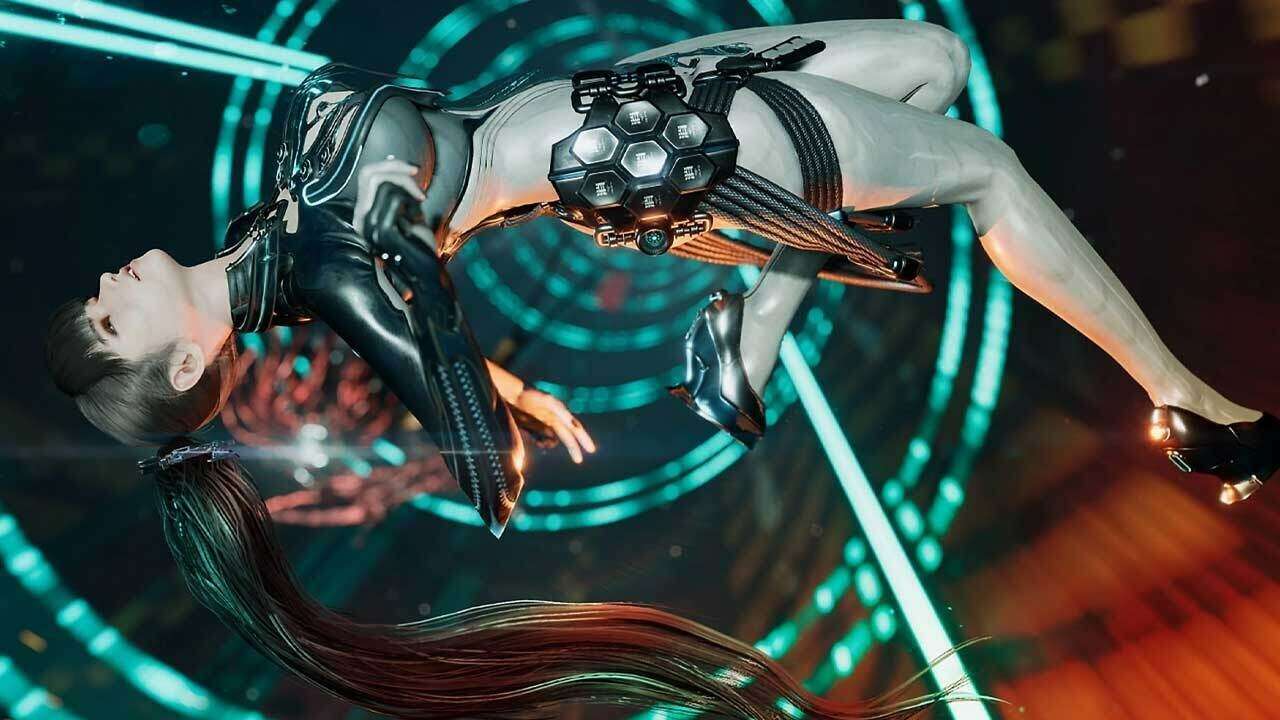
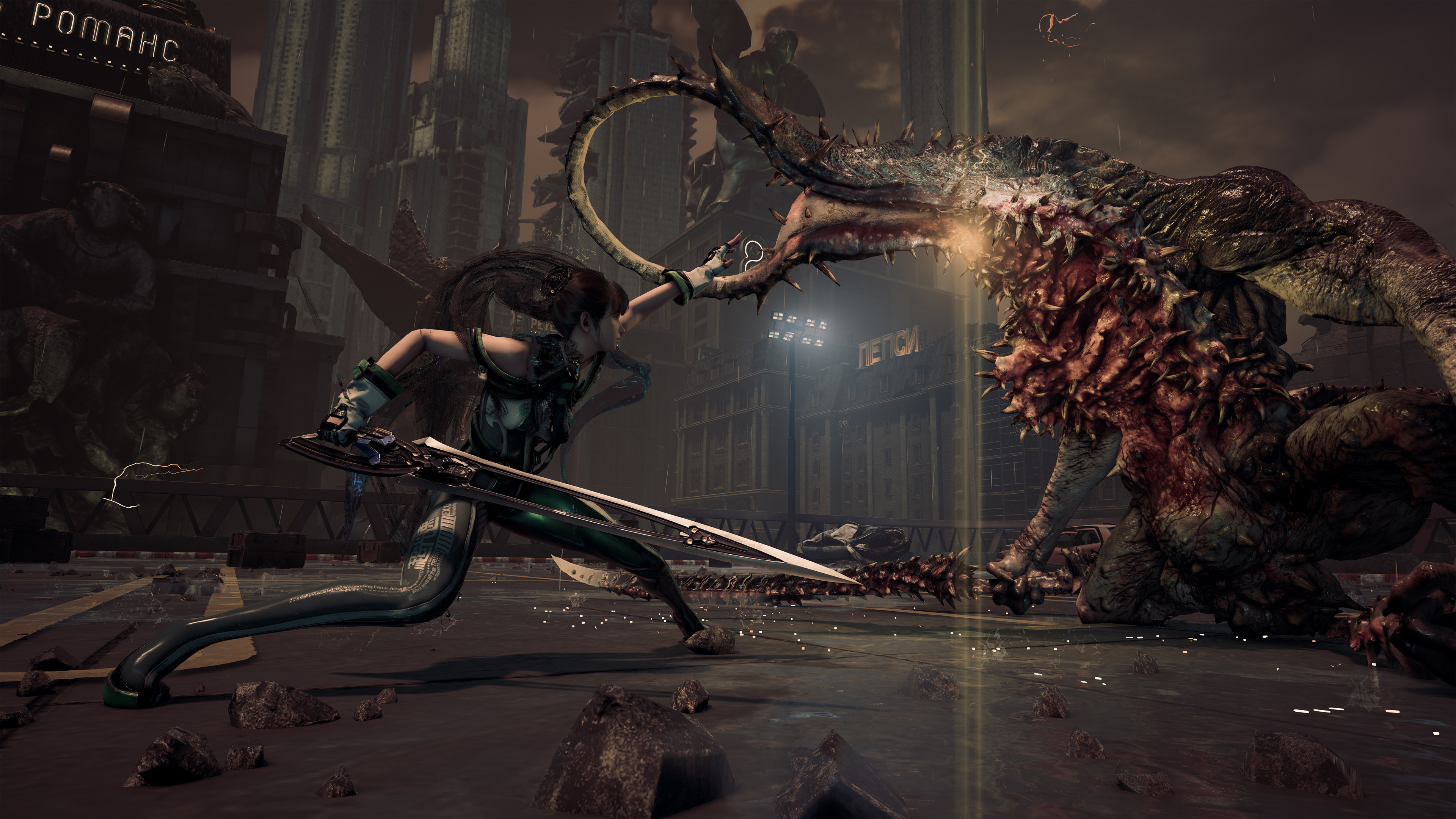
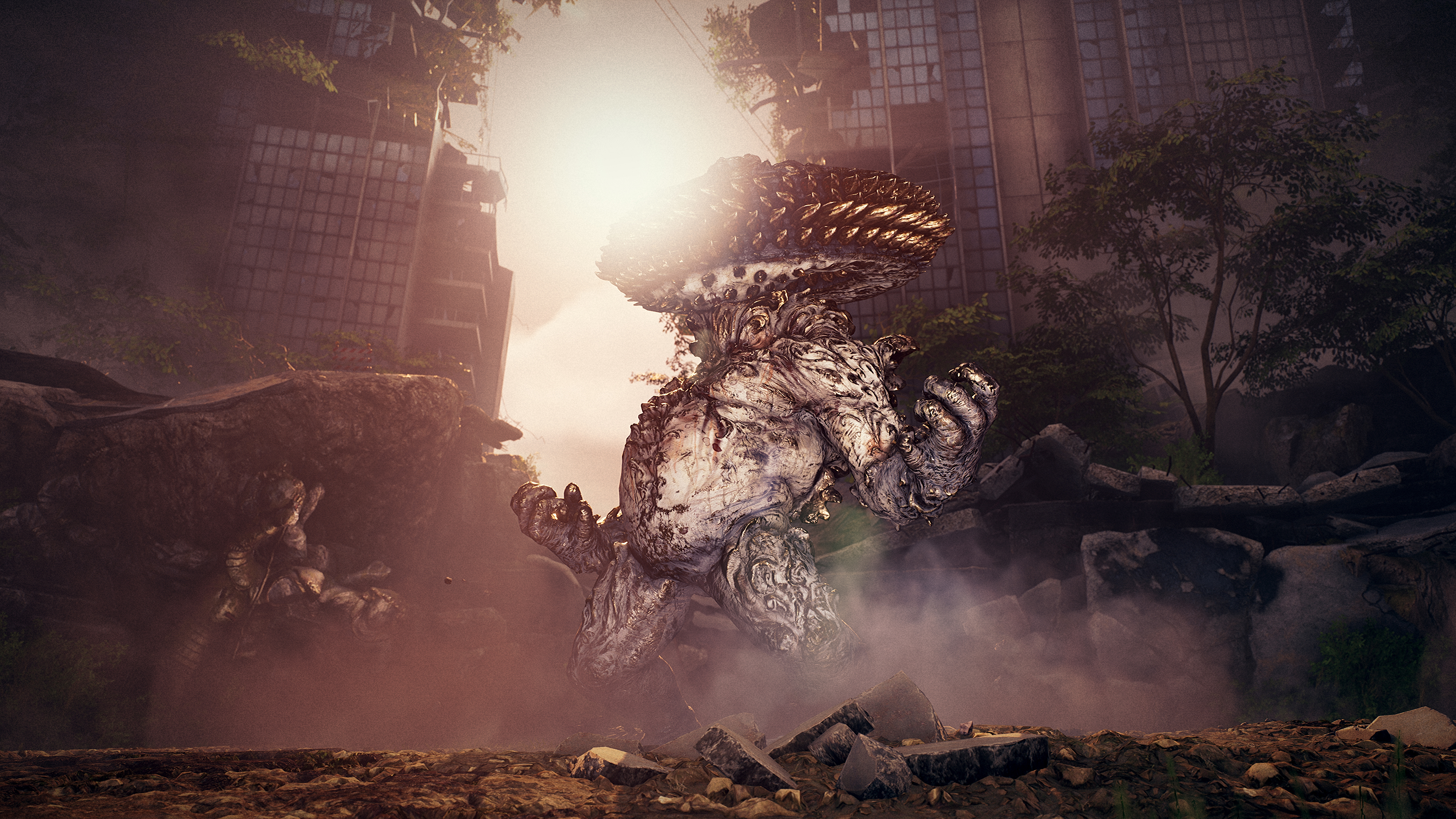


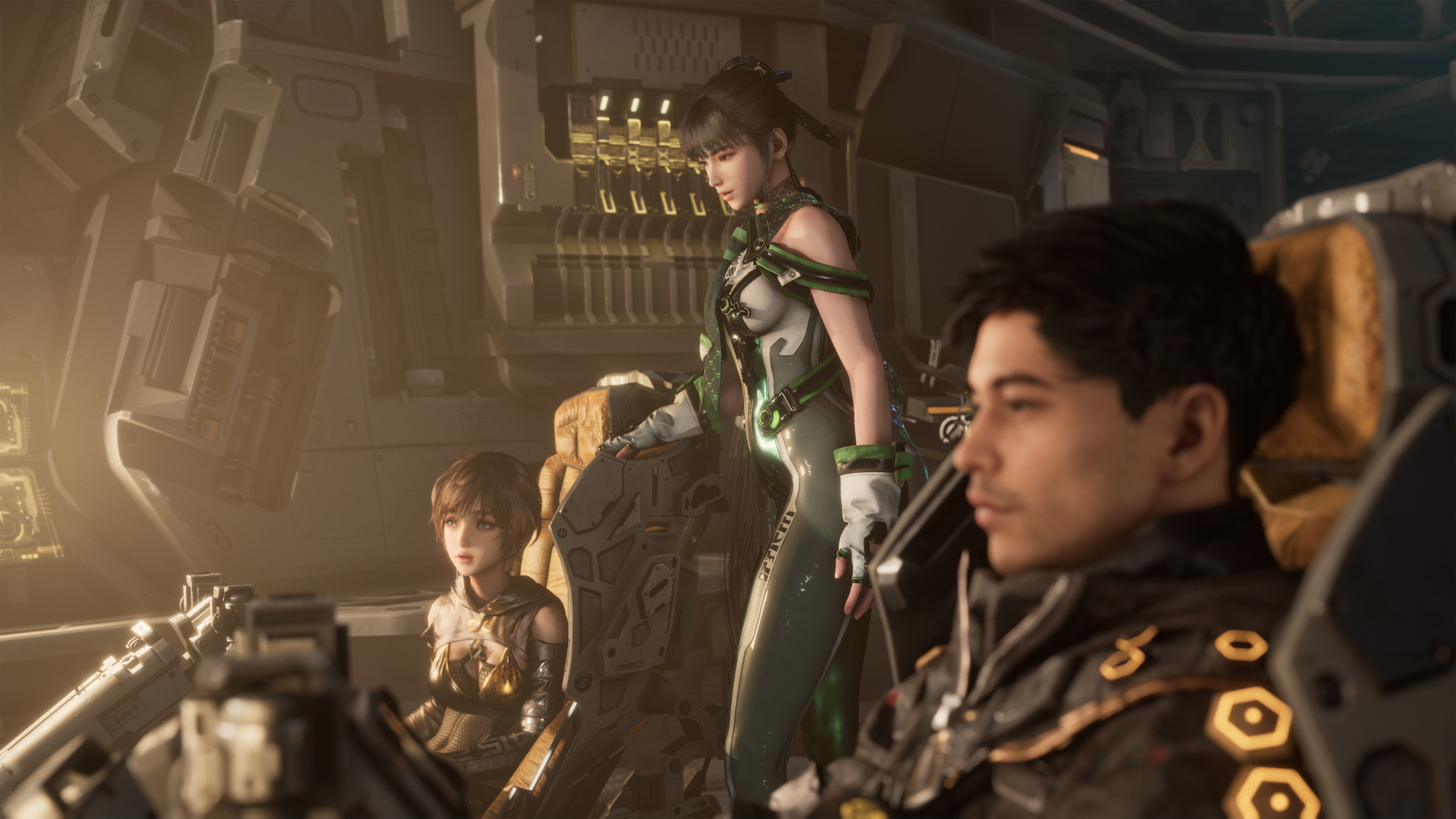
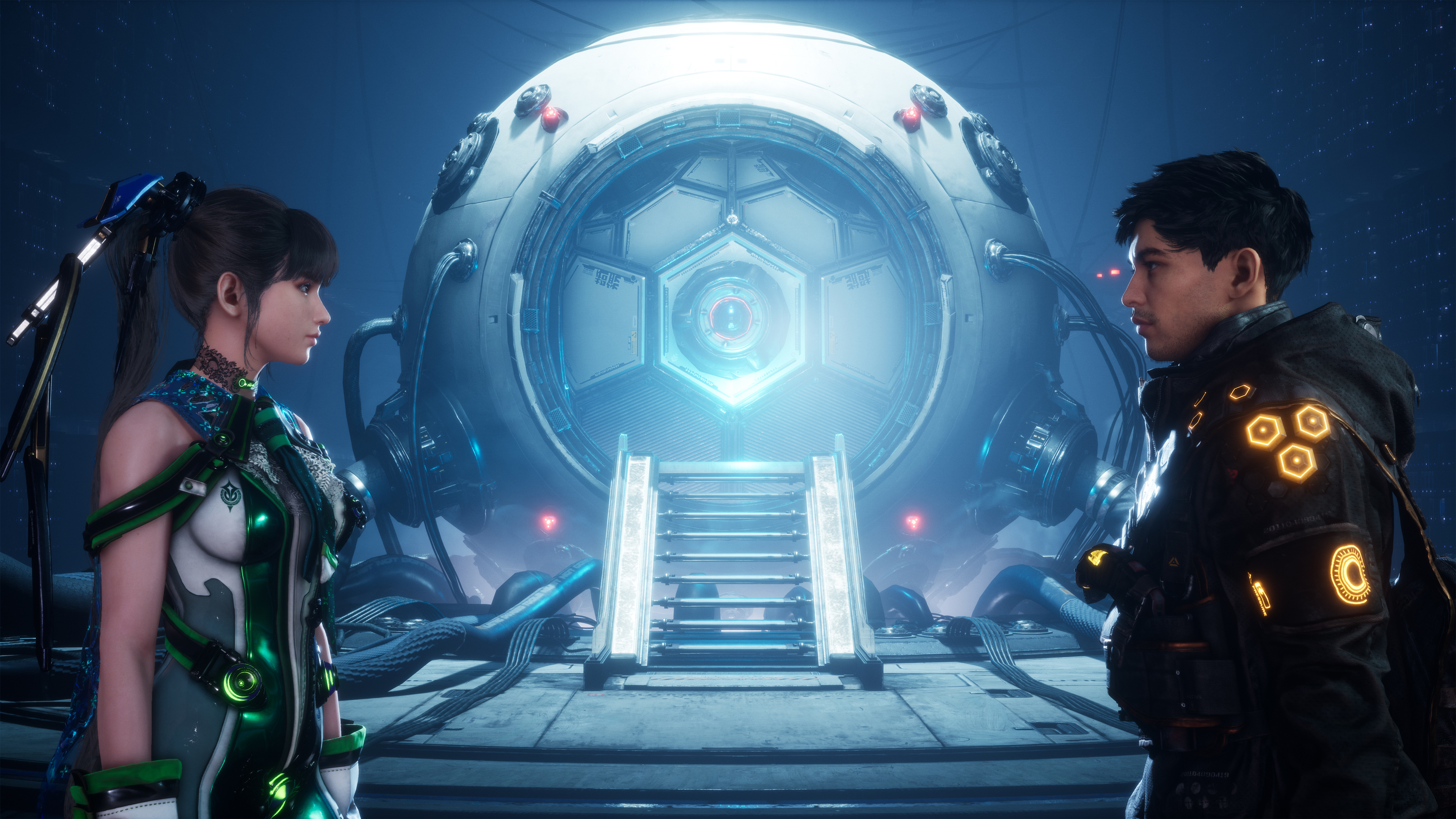
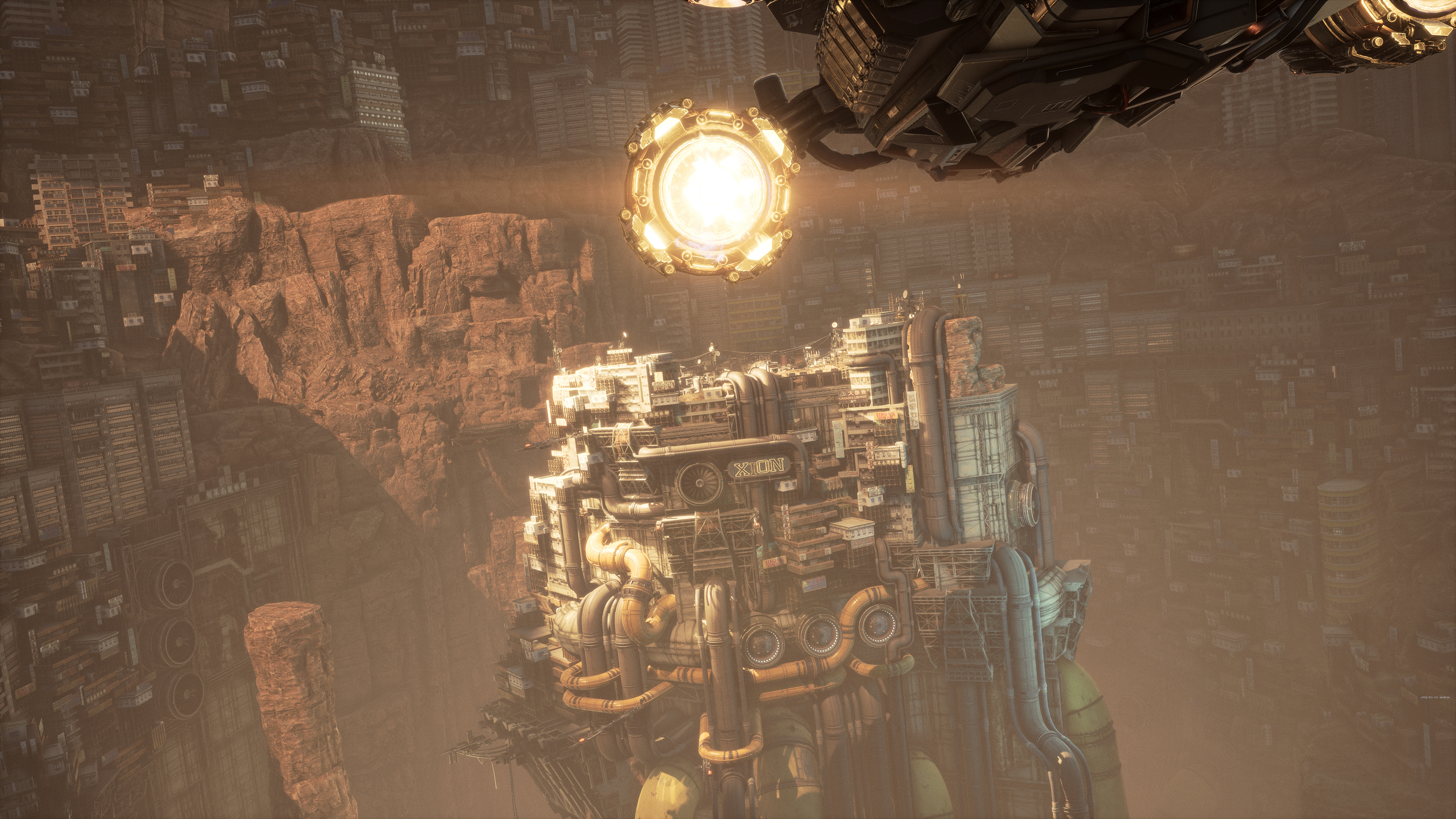


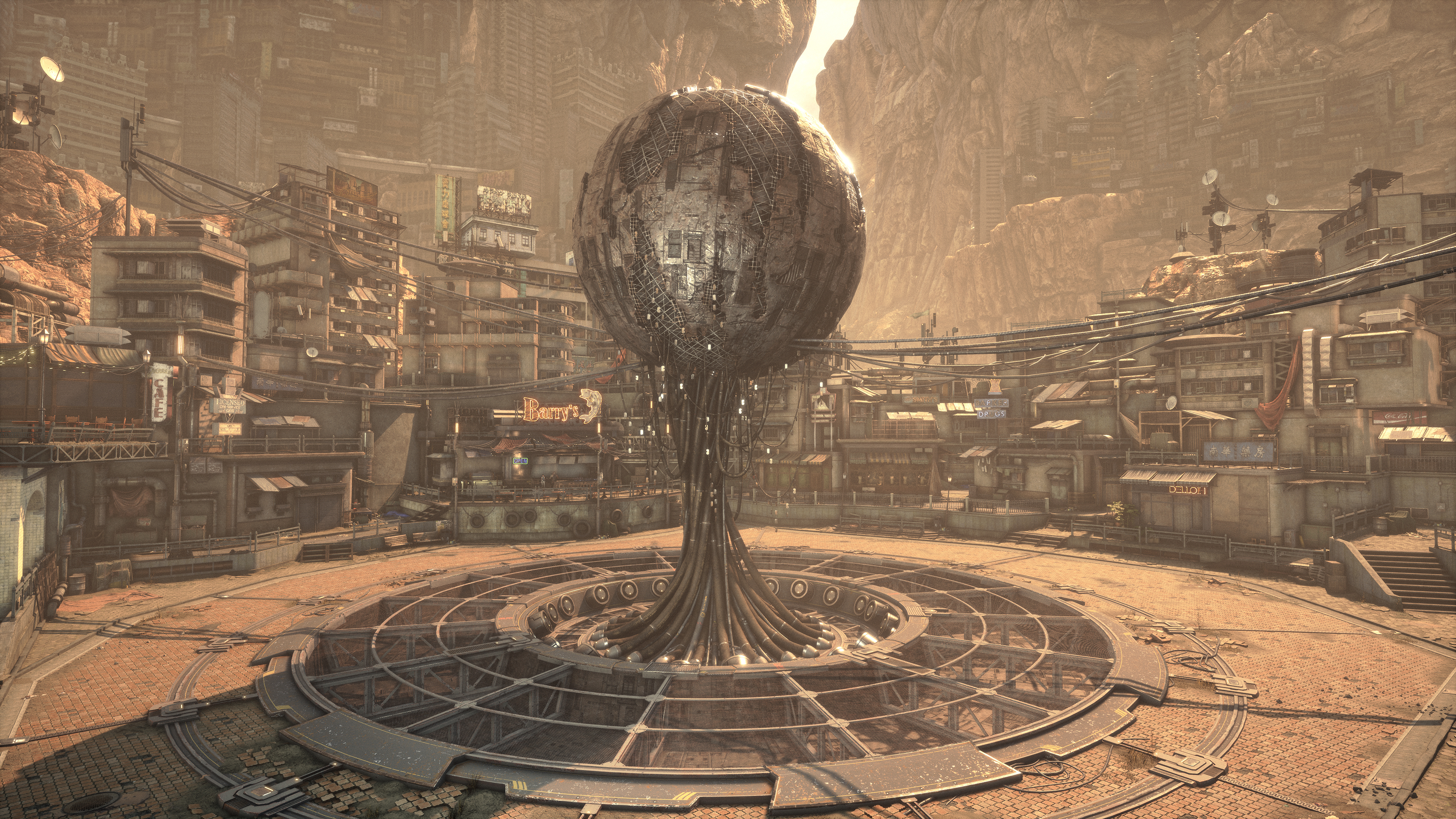
As for the game's controversial sexiness, I found it to largely be nothing notable as either a pro or a con. The only time it became anything more than window dressing for me was a twinge of annoyance when quests or exploration yielded naught but another dress that gives no stat benefits. I would have preferred something that makes me stronger rather than yet another skintight suit, as if I did not already possess an inventory full of them. That EVE has breasts was immaterial to the rest of the game beyond her character model and only really novel in its opening hours.
Stellar Blade has a dreamlike quality in a way, which shouldn't be misinterpreted as saying everything about it is fantastic. Rather, it is like one of those half-remembered dreams that sticks in the back of your mind the entire day. You recall vague details--a collapsing train yard, a ruined opera house, an Asian garden--and forget the blips in between. I came away from Stellar Blade having enjoyed the game quite a bit despite its foibles on the back of its incredibly strong systems. That its biggest weakness is that its tribulations can go on too long is perhaps praise from another perspective not my own.
There is a nagging question, though, that sticks in the back of my mind: Does this game rise to the heights its inspirers achieved? The conclusion I came to is no, but that it attempts so without falling on its face is remarkable enough. That it manages to be a great game in that pursuit is a true testament to the power of being galvanized by those that came before.
This story originally appeared on: GameSpot - Author:UK GAG














